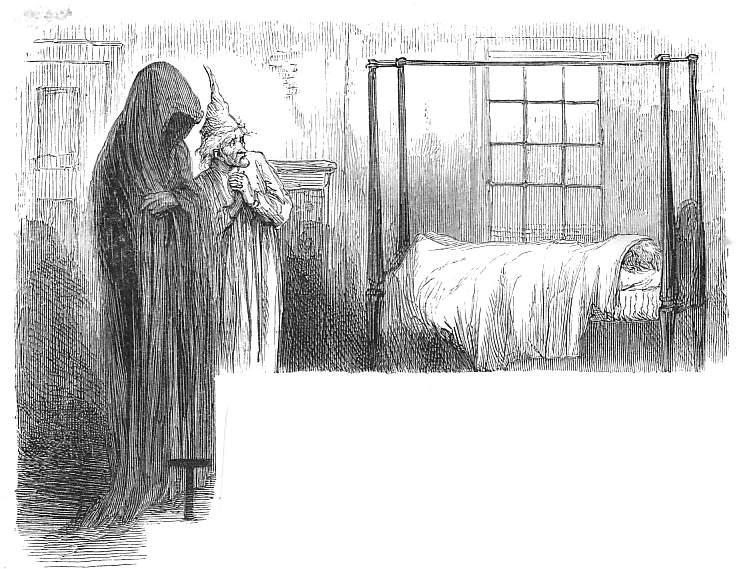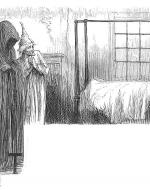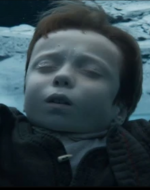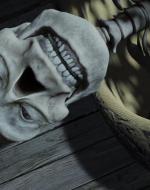Created by Jacob Mooney on Mon, 03/28/2022 - 02:25
Description:
Introduction
“A Christmas Carol begins appropriately enough on the night before Christmas. Dickens starts his tale with the famous line, “Marley was dead: to begin with” (45). With these words, he brings death to the fore, an ironic beginning, considering that death marks the end of life and thus the end to one’s story” (Oshima). Charles Dickens uses many themes in his book “A Christmas Carol. In Prose. Being a Ghost Story of Christmas” one of the main aspects being death. One of the key examples being the Ghost of Christmas Future with his whole idea confronting Scrooge with the end of his life. While this is obvious to almost every view the other showings of death aren’t always as clear. This series is here to show the obvious, the unobvious, and possible obscure references to the end of life in Dickens’ most famous work. While scary the concept of death is universal as we all experience and face it daily. Even other authors see this such as Karen Oshima in her essay [quoted earlier] “Life, Death, and Christmas in Charles Dickens’s A Christmas Carol.” This essay touches on the cycle of life and death in the story. Extending from the story people also had to feel death from disease, work, starvation, and so much more in this time period. Even to our time period and the many interpretations “A Christmas Carol. In Prose. Being a Ghost Story of Christmas” always has some aspect of death. Whether it be drowning, disease, old age, or more. From Tiny Tim, Marly, Scrooge, and even The Ghost of Christmas present death is all around this Christmas theme tale and will be brought from the darkness to the forefront through this exhibit!
Works Cited
Dickens, Charles. A Christmas carol. ed by Broadus, Edmund Kemper [Chicago, New York, Scott, Foresman and company, 1920] Pdf. Retrieved from the Library of Congress, <www.loc.gov/item/20005575/>.
Oshima, Karen. "Life, Death, and Christmas in Charles Dickens’s A Christmas Carol." 島根大学外国語教育センタージャーナル 2 (2007): 101-09.





